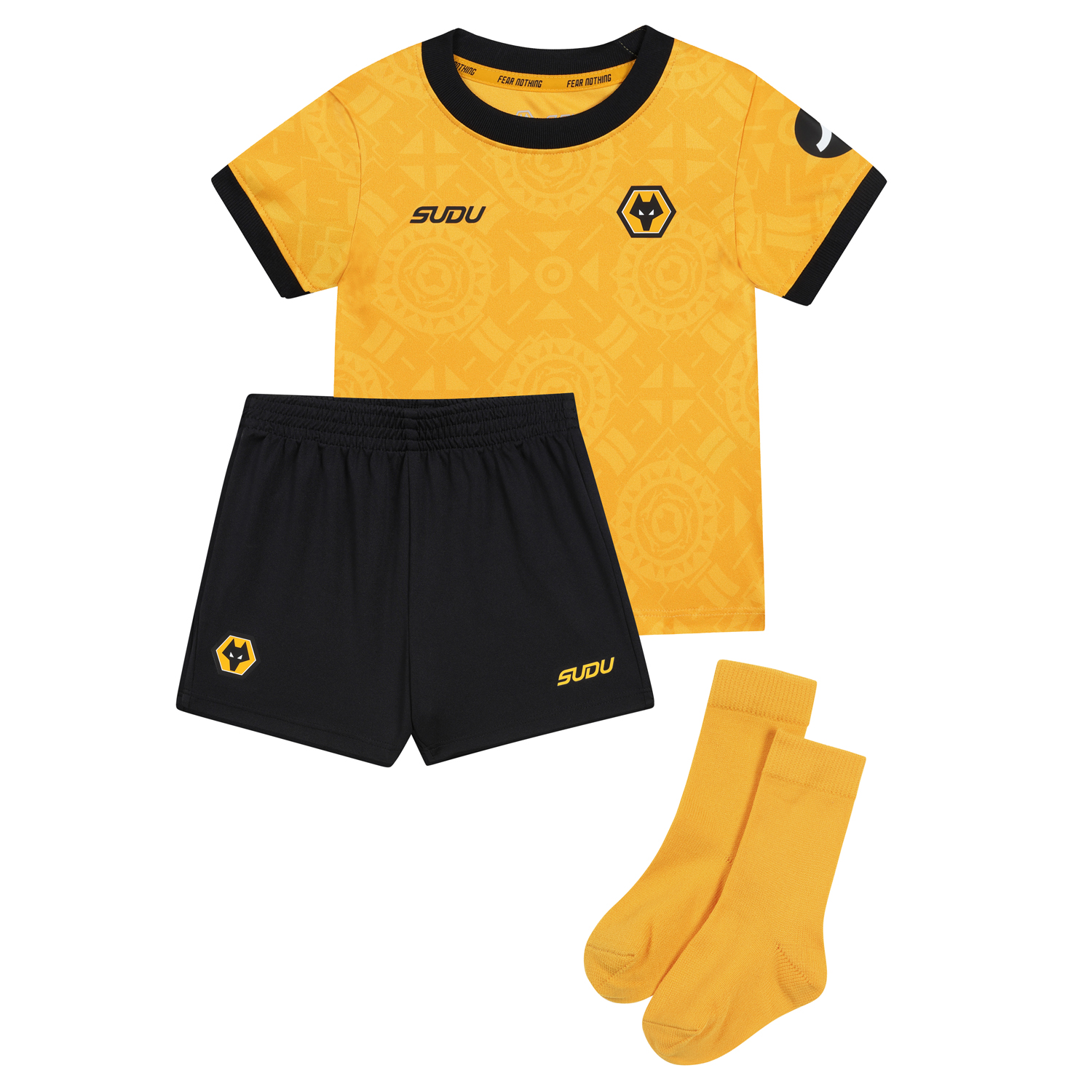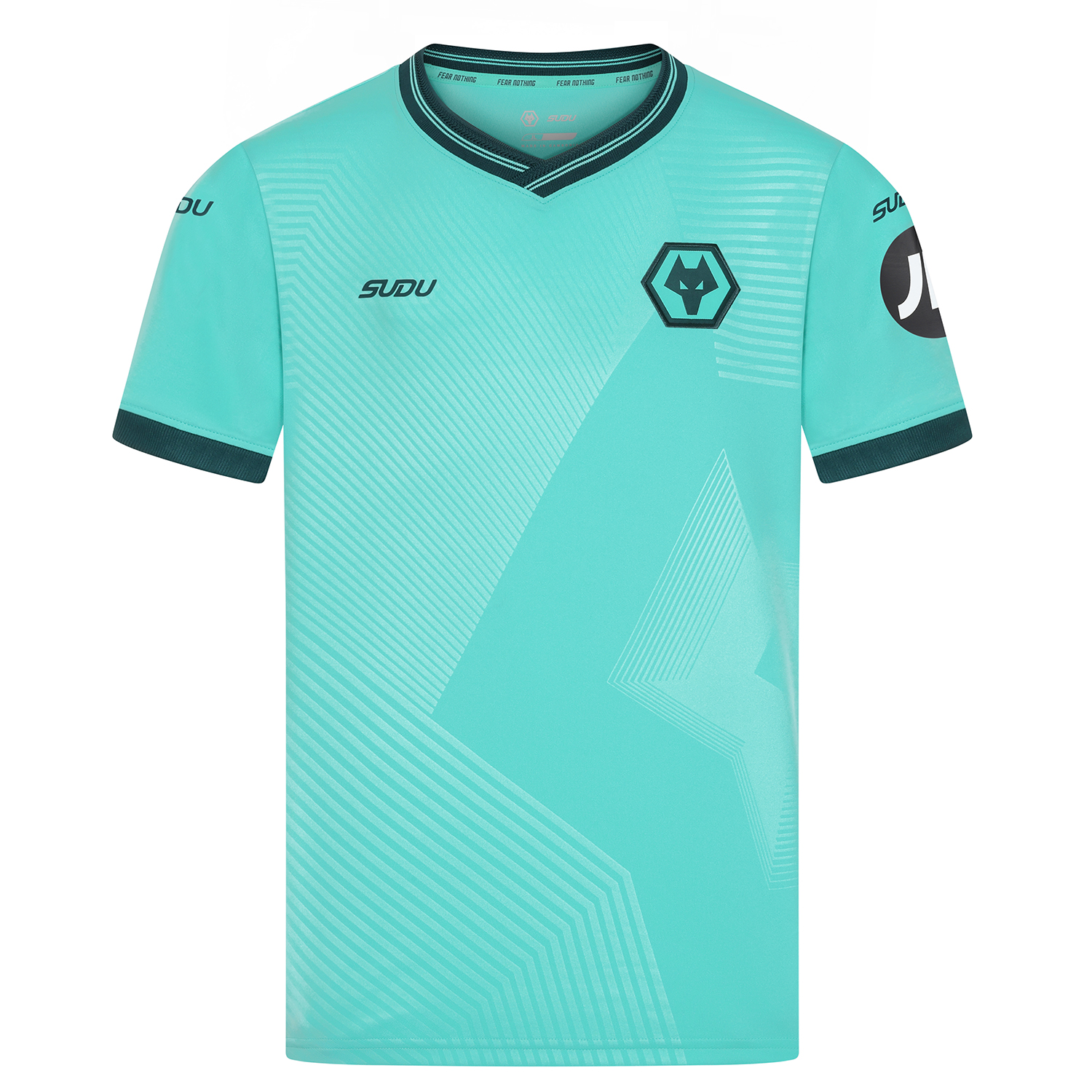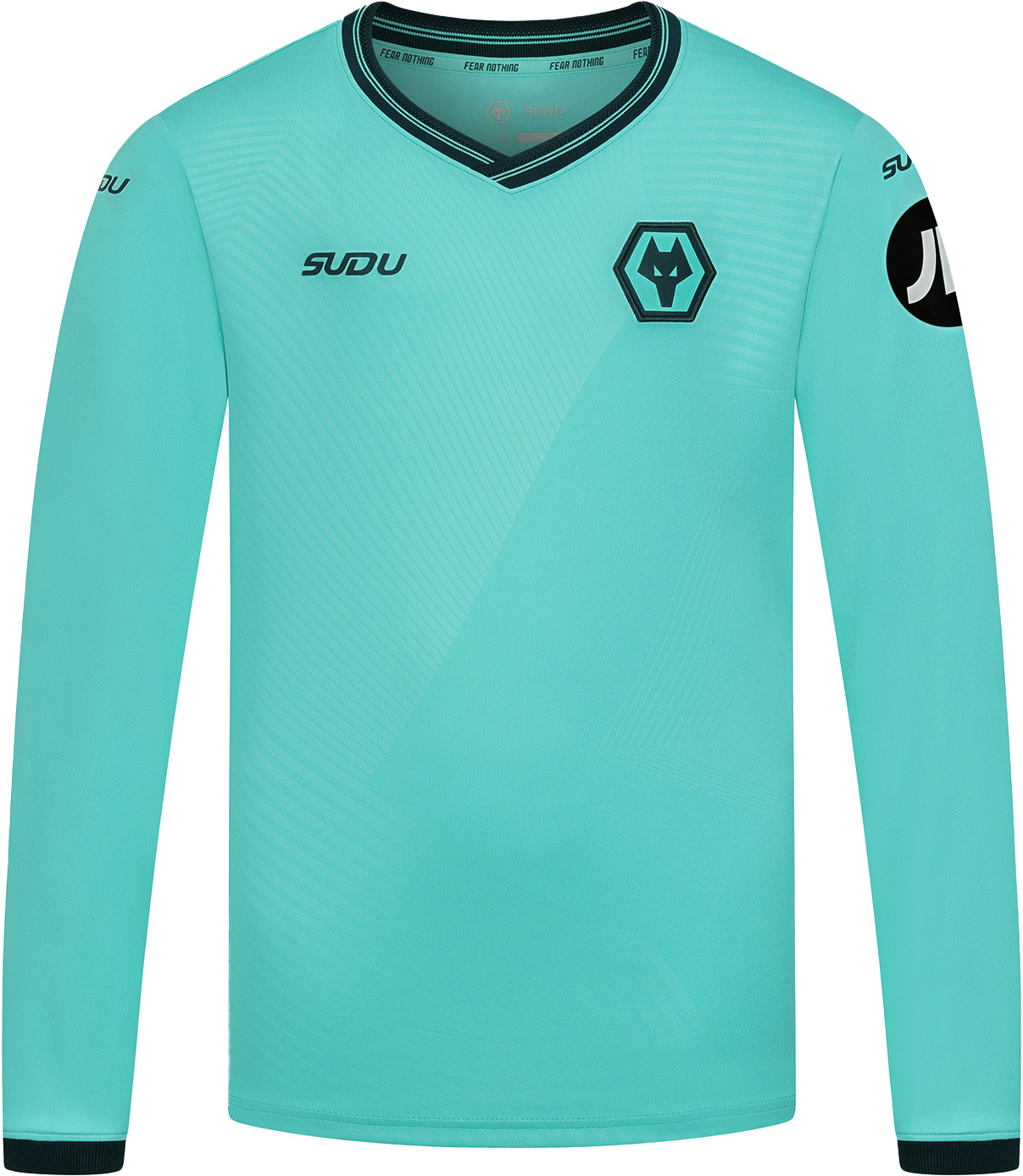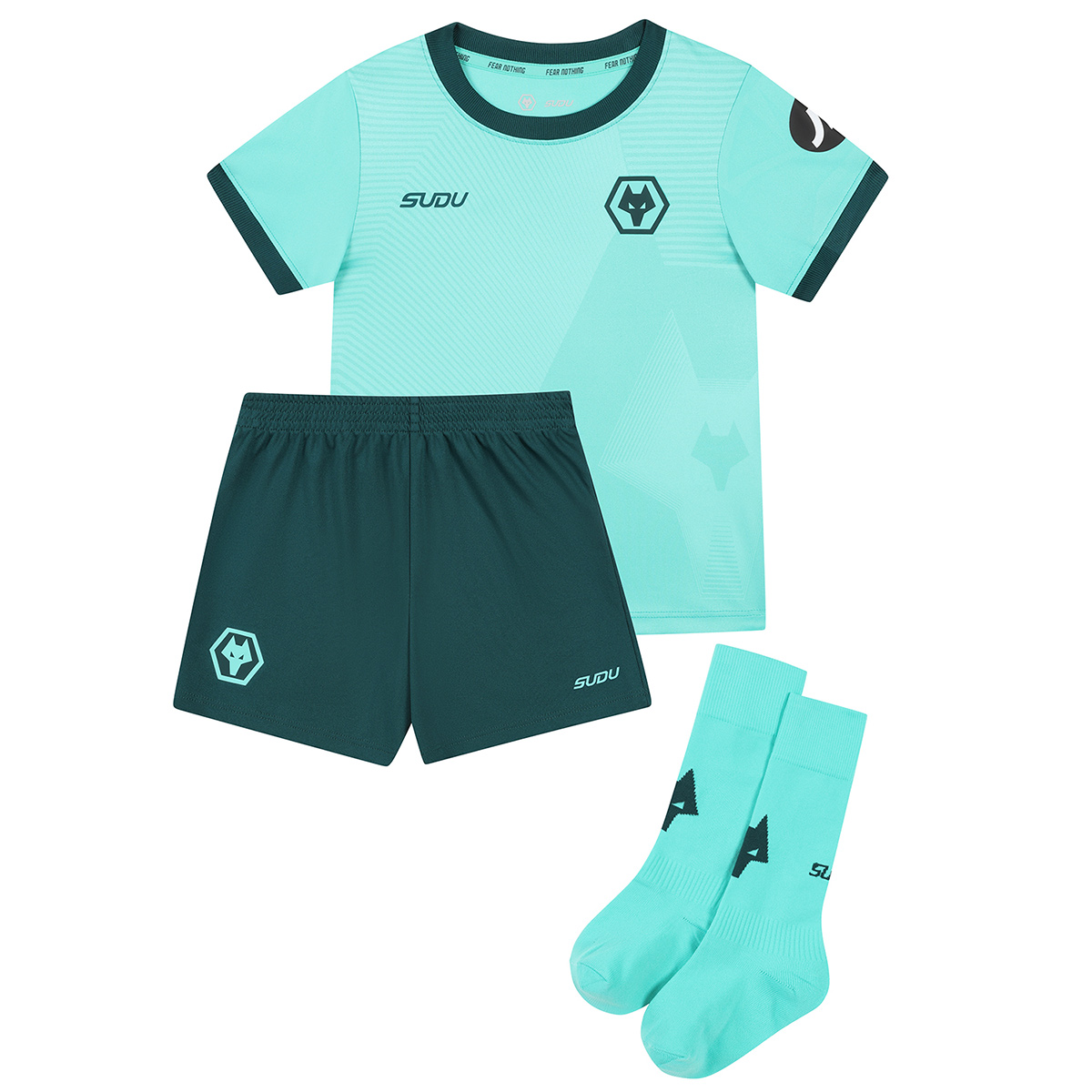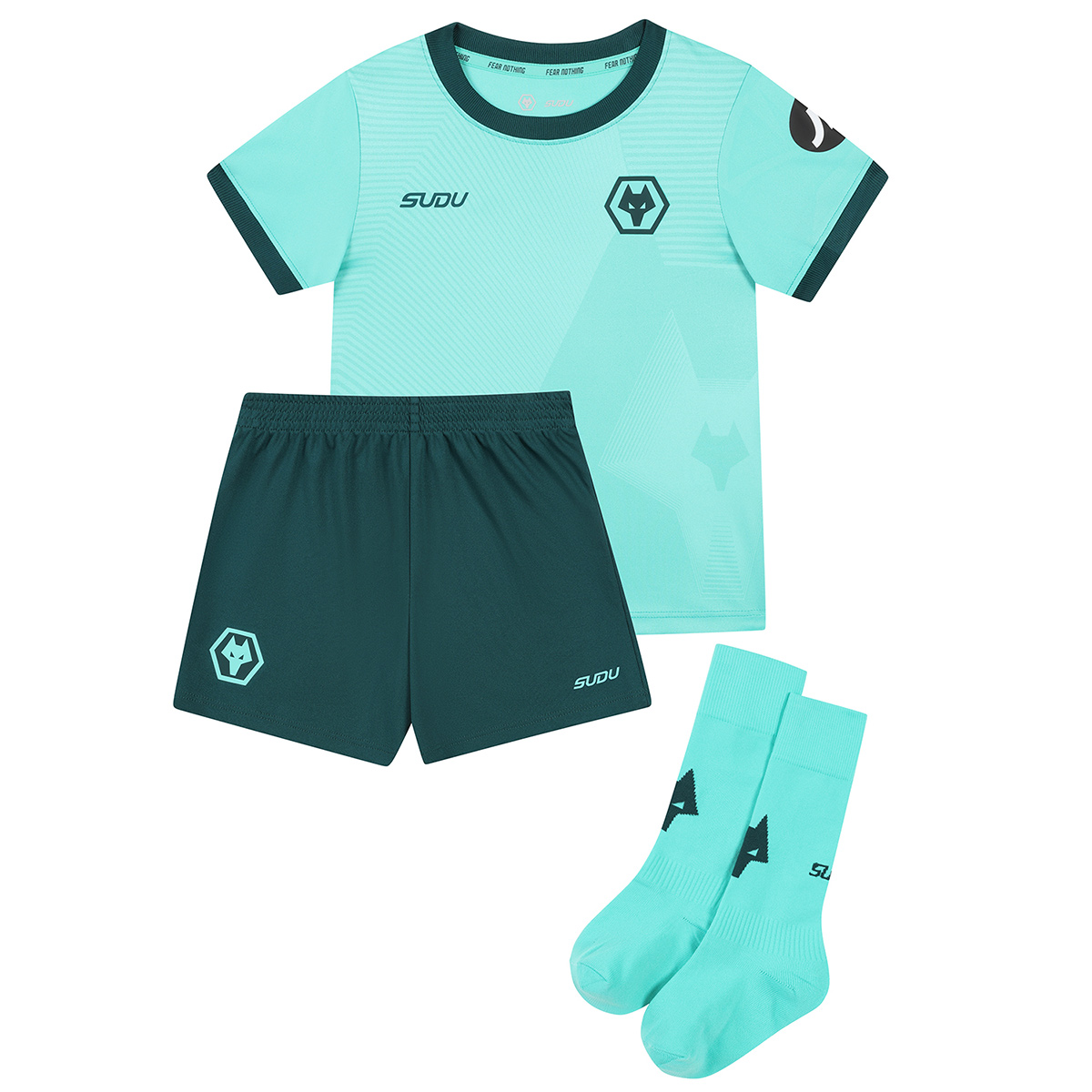Few three-letter acronyms strike more devastation into an athlete than ACL.
The Wolves medical staff are currently guiding three first-team players, at different stages of their ACL recoveries, back to fitness with Yerson Mosquera recently joining Sasa Kalajdzic and Enso Gonzalez on one of the toughest setbacks in modern day football.
The increase in quality, intensity and demand of the Premier League is, naturally, taking its toll on its athletes, but in 2024, the knowledge, equipment and techniques to get players back to full fitness in a quick, but safe time has never been better.
Sadly, Wolves’ head of high performance Phil Hayward and his staff have spent almost the entire calendar year guiding Old Gold players through the tough journey back to fitness following ACL injuries, with Mosquera’s recent setback in September the freshest of the cases.
It’s an injury few non-medical personnel will truly understand, however. It’s a trauma which will always be followed by surgery – some in a matter of days like Kalajdzic, or, on occasions, weeks like for Mosquera, and once a player is in theatre, what actually goes into the procedure?
Speaking exclusively to wolves.co.uk, Hayward explains the process which provides step one on the road to recovery for Premier League players who’ve suffered a trauma to their ACL.
Hayward said: “When a player injures their ACL, it's one of the more complicated injuries because it's one of the few tissues in the body that will never be able to properly heal itself. If the ACL is torn, it will always need to be surgically repaired in order to heal, whereas other ligaments or tendons, the body will usually build a scaffold around the still connected part of the structure to allow it to regenerate. With an ACL that never happens, once it tears, the two ends tend to separate, which means it will not heal, unless something is done surgically about it.
“So historically, going back 25 or 30 years, there were cases in other sports, less so in football, when athletes would have the injury and not have surgery to reconstruct and just manage without an ACL, and that was accepted as normal practice in many cases in the ‘90s. But what surgeons then recognised was 30 years or so on, incidence of osteoarthritis in those athlete’s knees was very high. Now, whether you're an athlete or not, and certainly in young people, the treatment for an ACL tear would be to reconstruct the ligament, which is much better for the long-term health of the knee joint.
“In addition, ACL surgeries tend to be a lot more successful now than they were 20 or 30 years ago because surgical techniques have improved a lot. If you think about how a mobile phone has changed in the last 20 years, the same thing has happened with surgical advances – the instruments, the cameras to see inside the joint to visualise the anatomy, and the actual techniques themselves have all improved massively in the last 20 years. The surgery now is far superior to 20 or 30 years ago. So, it tends to be much more successful now than it was before.”
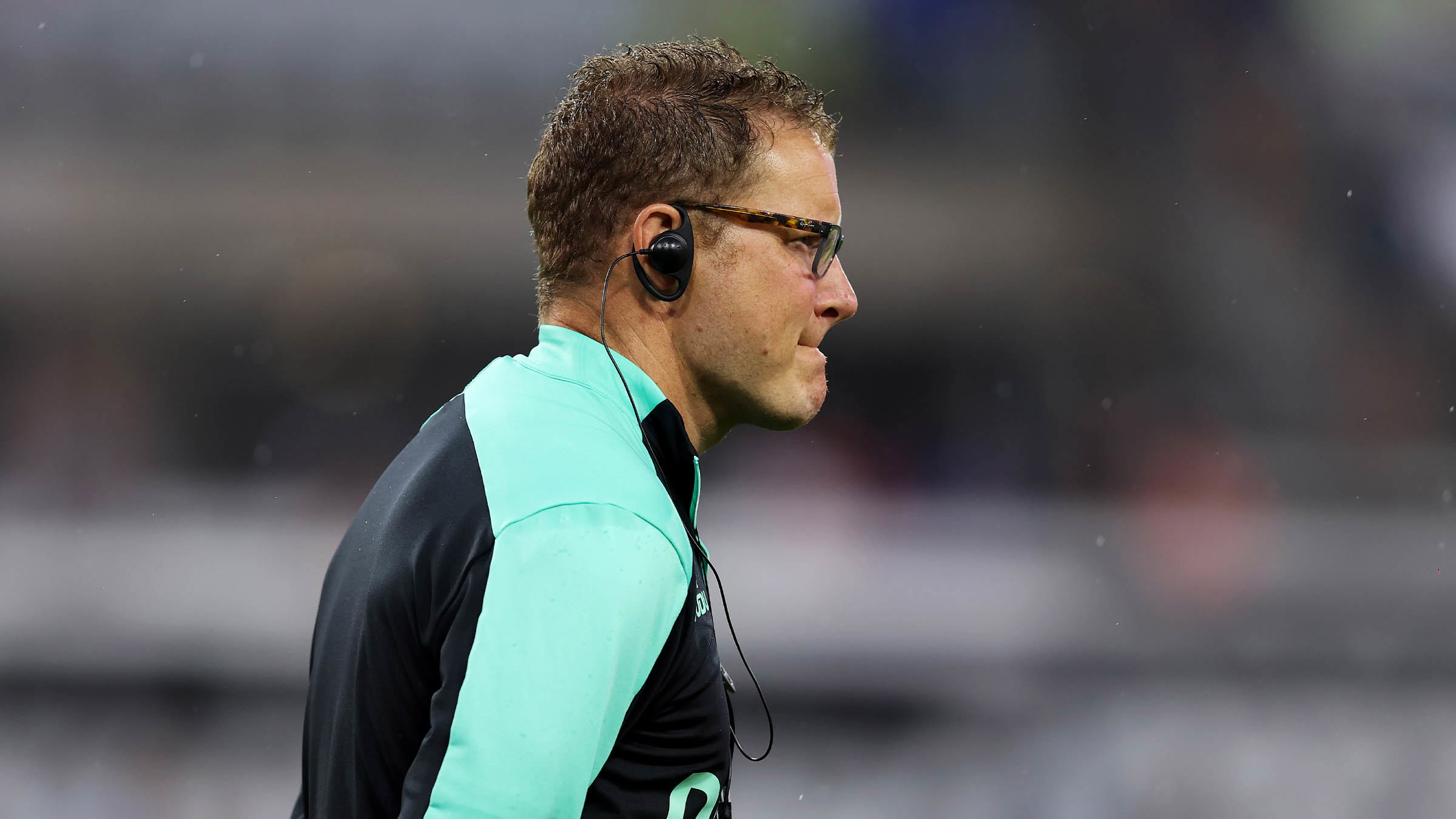
Hayward will seldom place timescales on injury returns. He and the club's medical department adopt an approach focusing on functional progression and achieving objectives along the rehab journey, rather than targeting specific return dates. Naturally, that is the case with ACL injury more than any other.
“ACL reconstruction takes so long to return from because the way the surgery is done is unlike most of the surgeries in orthopaedic medicine, because the ACL isn't repaired, it's reconstructed with another piece of tissue. In the UK, generally, surgeons will tend to use a part of the athlete's own body. They'll often use part of their patellar tendon, cut out the middle third and they'll leave a little plug of bone on each end of that.
“In very simple terms, they'll drill holes close to where the original ACL sat, which will be perfectly sized, to make sure that they allow the bone plug at the end of the tendon that's been harvested from the patella to slot straight into. Then they put screws through to make sure that stays in position and the length of that will be measured precisely, to make sure it's exactly the same length as the old ACL. Although it's a different physical structure, the actual anatomy itself is pretty much restored.
“The reason it takes so long to come back from is that once the surgery has been done, the bone plugs at each end have to then reintegrate with the rest of the bone in the femur and the tibia at either end of the graft. It slowly then begins to develop its own blood supply from the tibia and the femur, which is needed to provide nutrients to the tendon which has been implanted into the knee joint until that blood supply has taken hold, the actual structural integrity of the new ligament is very low.
“If someone returned from injury at three months, they'd probably feel really good, and it might look like a good knee, but actually the strength of the tendon at that point is very low. That's why, if players come back too soon, there's quite a high instance of recurrence. The reason it tends to take nine to 12 months is the time taken for the implanted tendon tissue, ie the ‘new’ ACL to reintegrate with the rest of the knee to allow it to regain its proper functional strength.”
Yerson Mosquera has suffered a serious knee injury and faces a significant period on the sidelines.
— Wolves (@Wolves) September 24, 2024
Stay strong, Yerson 💛
Mosquera’s operation took place 17 days after his injury on 21st September. When Kalajdzic suffered an ACL injury on his Wolves debut in September 2022, his surgery was completed within a matter of days. In Mosquera’s case, his surgery was delayed to allow swelling around the knee to decrease, allowing medics a clearer look at the damage.
When an injury is so severe, patience is crucial to allow the player the best possible care and treatment, Hayward explains.
“Each surgeon will have their own preference of what condition they want the knee joint to be in before they operate, but you ideally want the knee to be pretty settled. It's not going to be completely settled because they've had a major traumatic injury, so there's still going to be some swelling and inflammation, but you don't really want to be operating on a really swollen, angry looking knee joint.
“The first thing is to make sure that there's not too much swelling there, because that can make the surgery itself more complicated. Also, the surgeons will tend to want to see the player has good muscle contraction, to see if they're able to contract the quads and the hamstrings but are also able to achieve full extension of the knee. Some players can do that after a couple of days, others it might take a week or two.
“So, it just depends on how the player has responded from an inflammatory perspective to the initial injury, which might be due to the amount of trauma encountered during an injury itself, or it can just be sometimes down to how the player responds to injury. Some players, just like anybody, will tend to have a higher or lower inflammatory response to injury, and that's just normal. It depends how people respond to trauma.”
Mosquera’s operation took place in Manchester, while Kalajdzic was in London and he completed a part of his recovery in Vienna in his home nation of Austria. There is always a process behind finding the right surgery, which will always involve consultation with the player themselves, as well as the club staff.
“That has changed quite a lot in recent times. Now we have lots of players from different countries, different cultures, who might have had injuries in the past, maybe in another country, and they have some trust in another surgeon. That's very much individual to the player and the injury. We've got our preference of surgeons that we know and trust domestically. We've got good relationships with surgeons in this country for every type of injury, and we've got a short list of surgeons that we'll use for any particular injury, whether that be an ankle, knee, hip, lower back or shoulder etc.
“However, if a player had an injury and wants to see someone specific, whether that’s in Madrid, Paris, Rome, we wouldn't necessarily stand in the way of that, but we'd certainly do our due diligence to make sure they’re the right person to be doing the surgery for the player. It tends to be a collaborative decision between us and the player to make sure that they're getting exactly what they need, but also to make sure that they've got confidence and trust in the surgeon.
“Sometimes that comes down to language as well. Players who don't speak English as their first language sometimes find it quite difficult to entrust a British surgeon with such an important procedure for them in terms of their career. It's very individual and dealt with on a case-by-case basis.”
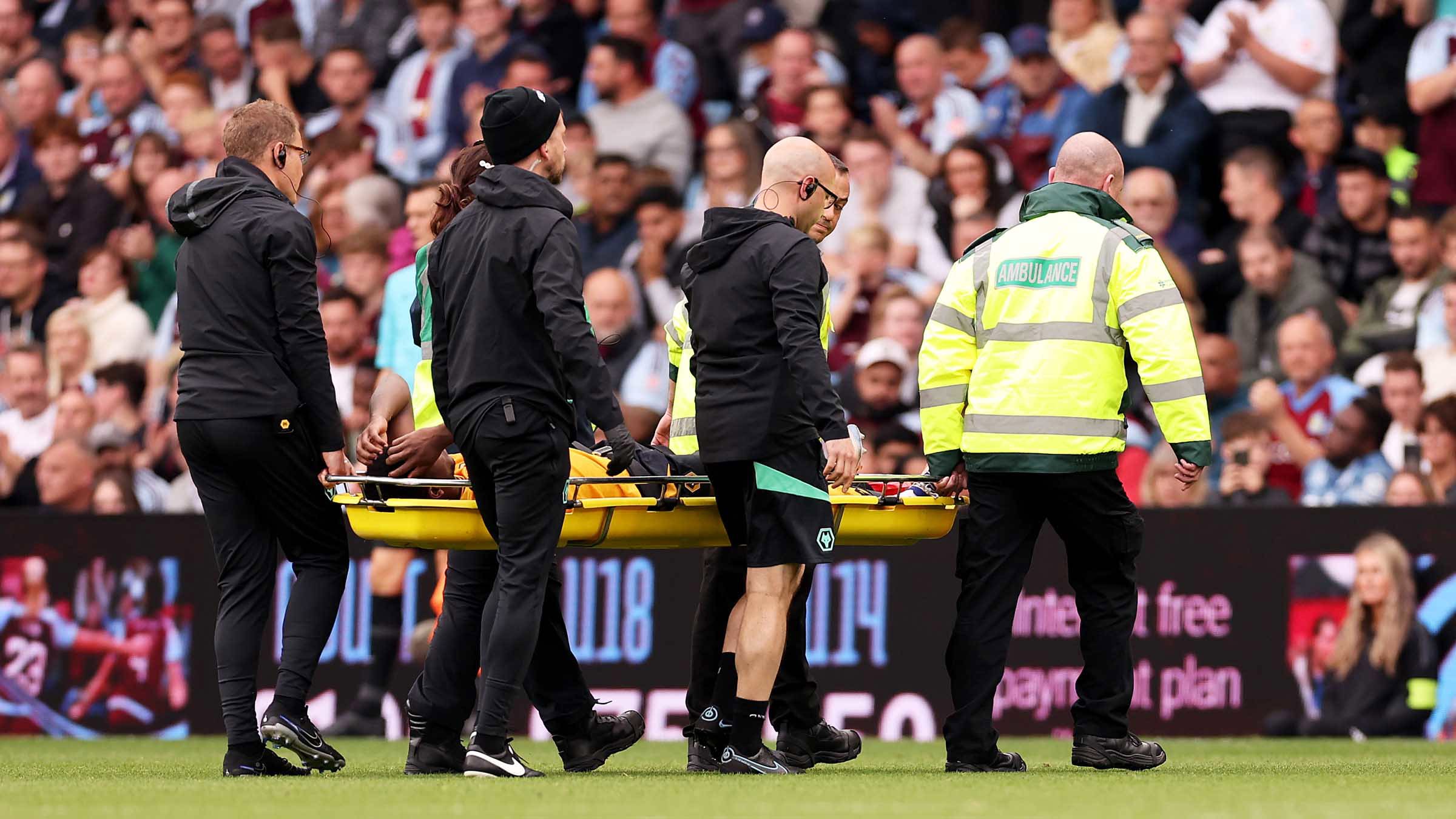
Once surgery is complete a player will be allowed time at home to rest and recover, mentally preparing for the next stage of their rehabilitation, but club staff will visit them at home during this period, both for mental and human reasons, but also to check everything is healing well with the wounds and there are no signs of infection, for example.
However, quickly players return to the training ground for treatment. Being around colleagues and friends is crucial, especially at the early stage, where the highest levels of care need to be taken around the player from all involved.
“We tend to be in contact with the surgeon a lot prior to the surgery. We'll take the player for consultation, we'll look at the scans together, we'll talk about the operative plan with the surgeon, the player and maybe their family and agent. During the surgery itself, one of the physios or doctors will be with the player in theatre, ideally someone who is going to work with them longer term, because they can get an understanding of what's going on from an anatomical perspective, which then has an impact on how they will manage that player in the earlier stages of rehab.
“After, we'll be in contact with the surgeon on a daily basis, really informal, just letting them know everything's looking good and making sure that there's no issues around the wound in terms of infection. Probably around four weeks post-operation we’ll take the player back to the surgeon and have a consultation, making sure everything's heading the right way.
“Then probably more formal check ins around months three, six, and nine to see the player in person with the surgeon and let them have a real good look at the function and range of movement, to make sure they're on the right track.”
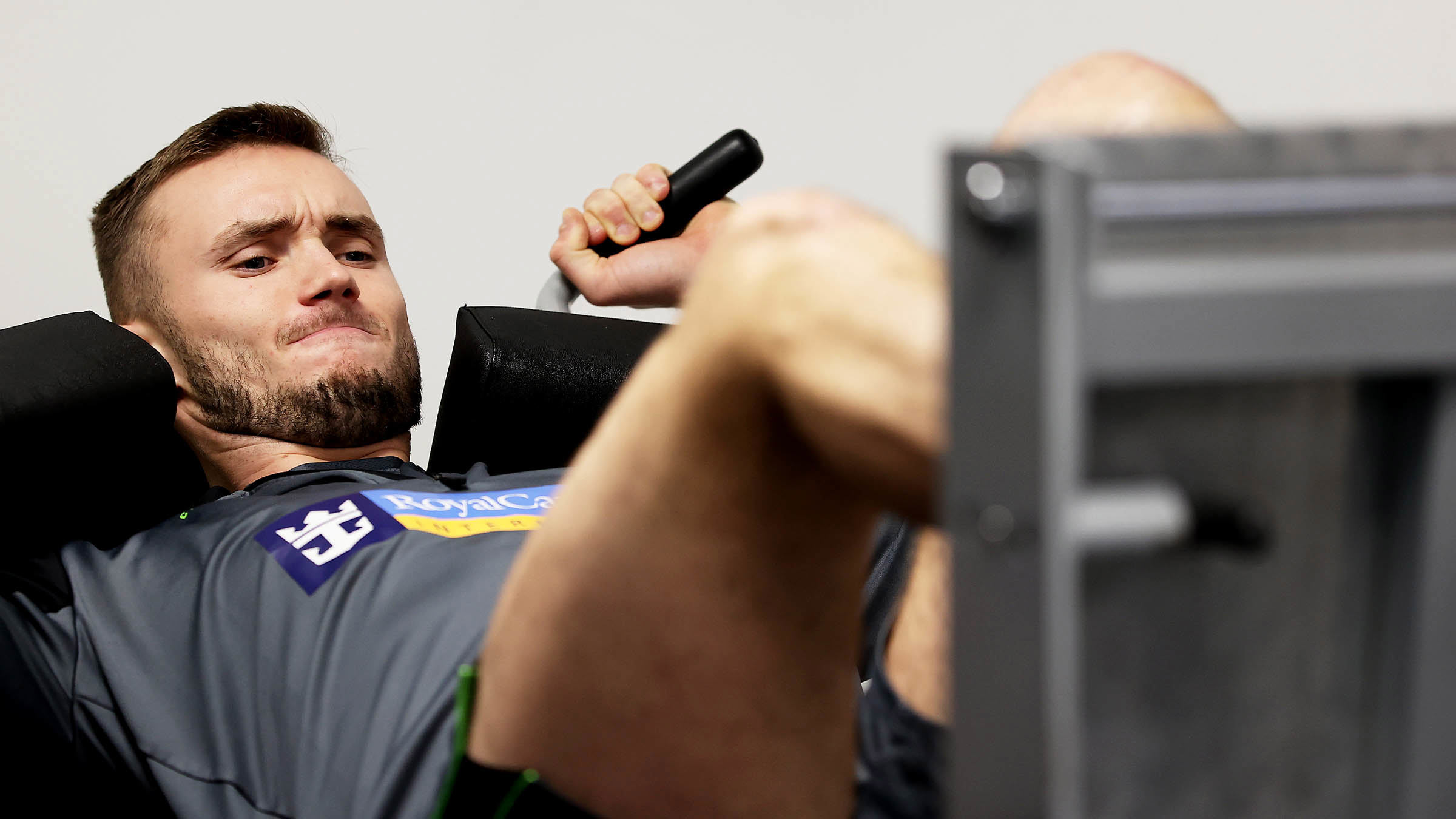
After a matter of months an athlete recovering from an ACL injury can move freely. On the face of it, they appear ready for a return, which is where increased knowledge of the injury is essential. It’s at that point where a player can’t be rushed back, with their own enthusiasm at times the biggest obstacle.
“You'll have that initial post operative inflammation management phase. We're trying to settle that joint down after the trauma of the surgery, which can usually take a few weeks. We'll be gradually starting to restore the range of motion as well, and sometimes that's restricted by the surgeon in terms of what they do or don't want the player to be doing from a range of movement perspective depending on the specific structures involved. Sometimes, if the surgery repaired a particular tissue, for example the meniscus, inside the knee joint, away from the ACL, you might want to restrict flexion. So, they'd be in a brace to make sure they weren't going beyond the allowed range, to allow that tissue to settle down properly.
“Once you’re getting towards the end of that inflammation management stage, you're starting to think about muscle activity and making sure the muscles around the joint are working really well. Quite soon after the operation we’ll get the players on an electro stimulation machine to try and give the muscle some external electrical stimulus, to try and make sure we're doing everything we can to maintain muscle bulk.
“Further into the rehab, we'll start blood flow restriction training, where we're restricting the amount of blood that can get to the muscles, essentially to make the muscle work harder to a produce contraction, which can reduce muscle atrophy. The mid stage we would work on more functional strength work in the gym. That tends to be with a combination of the physios and S&C [strength and conditioning] guys. The physio will look after the first stage of the rehab. Then there's an integration phase between the physio and the S&C coaches. Then at the back end of the rehab it flips the other way, so the S& C coaches will take more of a lead, and the physios will support.
“Once they've started to work in the gym, they'll be with the S&C coach, working on functional strength to make sure they’re, hopefully, back towards their pre-injury scores. Then we'll start to introduce running with them. First of all, generally on the Alter G, a special treadmill which allows us to let players run a certain percentage of body weight. We’ll tend to start them on there, depending on the nature of the surgery, around the third or fourth month. Five or six weeks on there, and then we’ll gradually get them outside onto the grass to start doing fairly simple straight line tasks to begin with.
“Then gradually we’ll start to increase the directional change up to the point of them, probably around the six-month mark, doing more football specific work. Then from six months onwards it’s the last stages of rehab, getting them prepared for all the movements that they'd need to undertake to be able to train fully and ultimately be involved in matches again.”
Mosquera will cite Gonzalez and Kalajdzic are references on each step of his recovery, knowing he’s in safe hands with the performance department at Compton Park.








